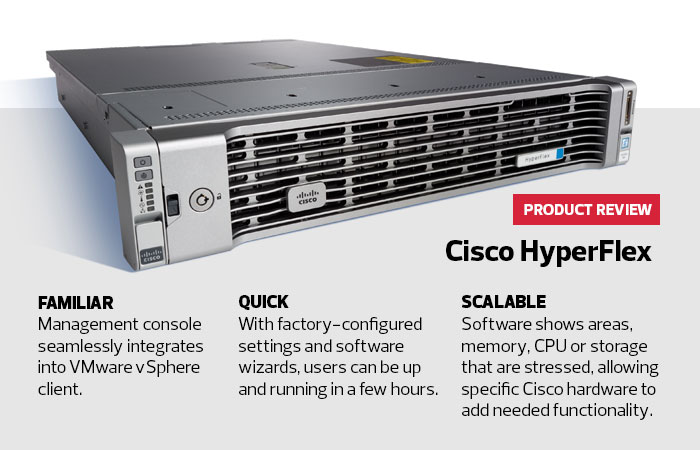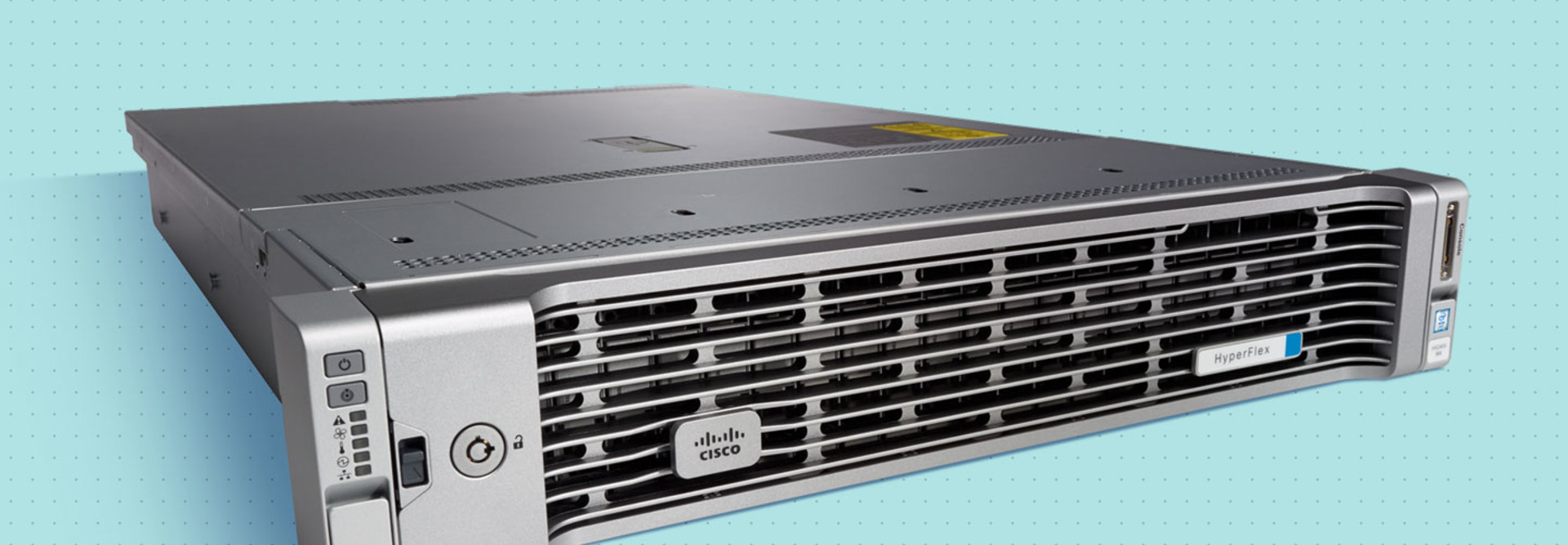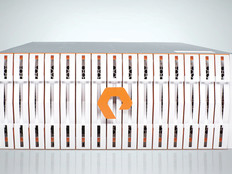Product Review: Cisco HyperFlex Systems Optimizes Data Centers
Virtualization is one of the most effective ways to manage enterprise IT infrastructure, so it’s a common feature at higher education institutions. Configuring new resources from an existing pool without adding new hardware is relatively easy (albeit potentially expensive) with cloud-based services, but institutions may not want to house certain data — proprietary research, for example — offsite. Until recently, few alternatives existed.
Enter Cisco Systems’ HyperFlex, designed to provide all the advantages of cloud-based virtualization services from a secure, in-house facility. Built on Cisco hardware created for this role and tested for seamless integration, the HyperFlex system permits an entire infrastructure to be up and running in just a few hours.
A Familiar Interface for IT
We tested a configuration at an in-house data center supporting several hundred virtual machines (VMs). The HyperFlex management console is designed to integrate with VMware’s vSphere client, which many IT administrators have used for years. Most will be familiar with the interface, ready to build out and maintain VMs from Day 1. We were up to speed with about 30 minutes of training.
The console’s main panel shows exactly how much memory, CPU power and storage the VMs within the system are using. And because the entire system is meant to work together, if one area is stressed, the administrator can expand the network just in that area, without having to buy anything that isn’t needed.
Keep Virtualization Sprawl in Check
HyperFlex makes it easy to combat one of the biggest problems of virtualization: VM sprawl. Spinning up new systems is easy, but so is forgetting about them later. We even did this ourselves while testing — spinning up desktop clients to test out a feature and then forgetting they were there. In a production environment, those systems could have drained the storage, CPU and memory resources allotted to them without providing any benefits.
HyperFlex prevents this by indexing every virtual asset within a network and showing all the usage histories. In addition to the desktops we created, it was easy to find several more desktops that were taking up resources, even though they hadn’t been used in months. We could flag them for investigation or simply wipe them out with a few clicks.

Streamlined Configurations Create Optimization
Ease-of-use features support even advanced virtualized configurations. For example, we configured clusters to work on specific high-performance tasks within our network.
Cisco HyperFlex is a perfect tool for any institution seeking to tap into the benefits of virtualization, without getting bogged down in a collection of nonoptimized components. It provides an almost cloudlike management functionality, while allowing data to remain safely protected in-house.
App Development Testing Made Easy with Cisco Hyperflex
The deployment of new applications can be a dangerous time for any IT organization.
Without proper testing, there is no way to know whether a new app will conflict with existing programs, producing potentially disastrous results. We took on the role of an application test administrator to see how we could deploy Cisco HyperFlex to mitigate these dangers. We were pleasantly surprised to discover how easy the process was.
The first thing we needed was a reference architecture that mirrored the institutional desktops or servers where the new app would reside. Creating this VM was easy using our existing network templates. With that in place, the next step was to clone that machine so we could test the new app in a working environment with multiple clients.
Cisco’s HyperFlex management console makes this extremely easy with its Ready Clones feature, accessible with a single click that triggers a software wizard. All we had to do was provide a name for the test machines and specify how many we needed. The program supports the creation of up to 25 at a time.
Depending on how many clones a user creates, the system can take a few minutes to propagate. Each clone receives your chosen name and a number, so ours were AppTest1, AppTest2 and so on. You then need to power them up, at which time each VM gets an individual MAC address and IP address.
After that, we installed the app to be tested and ran it through its paces. The system logged any conflicts, but this in no way affected systems within the production environment. Once the testing was complete, we simply destroyed the clones and reclaimed those resources for the overall pool.
The Cisco HyperFlex system can take the guesswork out of application deployment, identifying conflicts and threats long before they make it to the core network.









